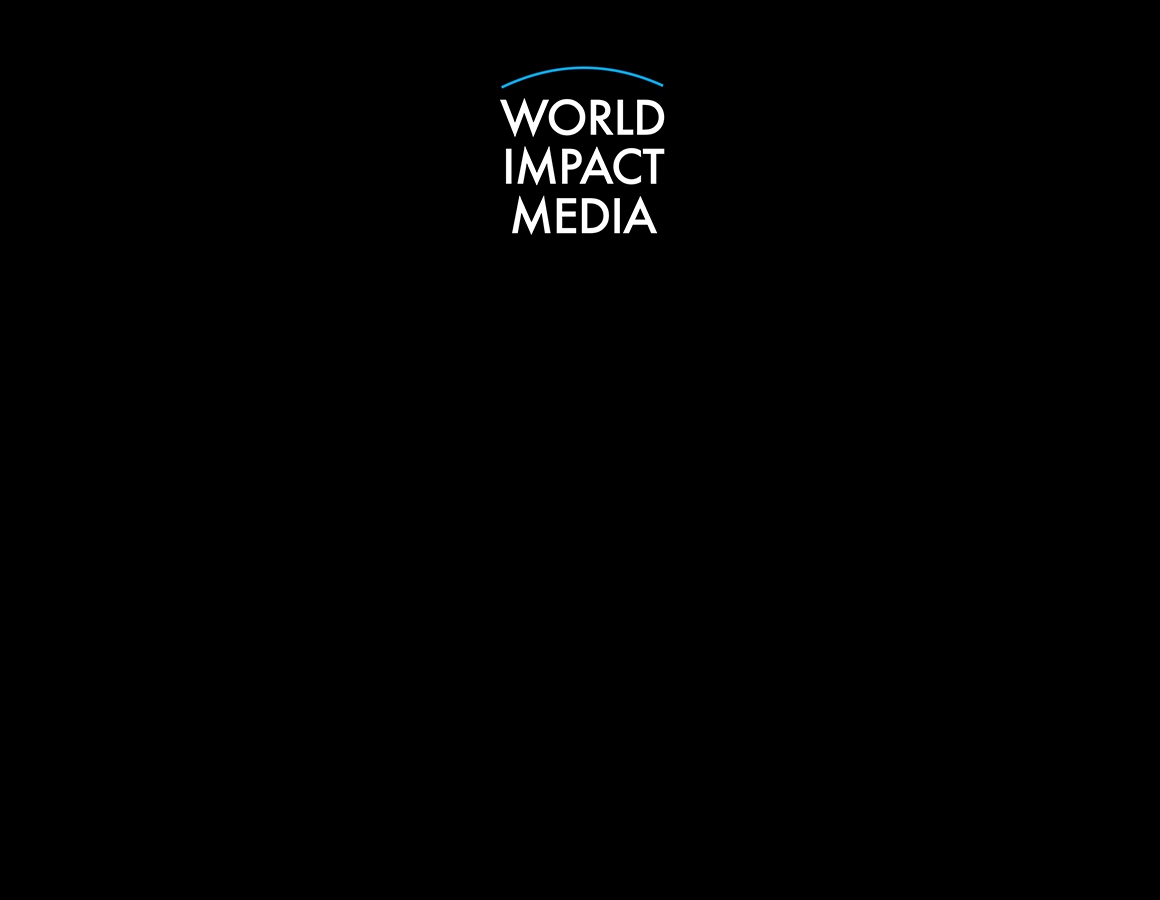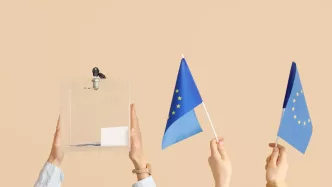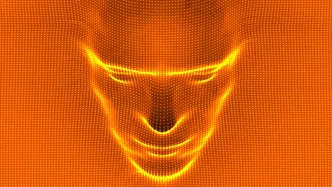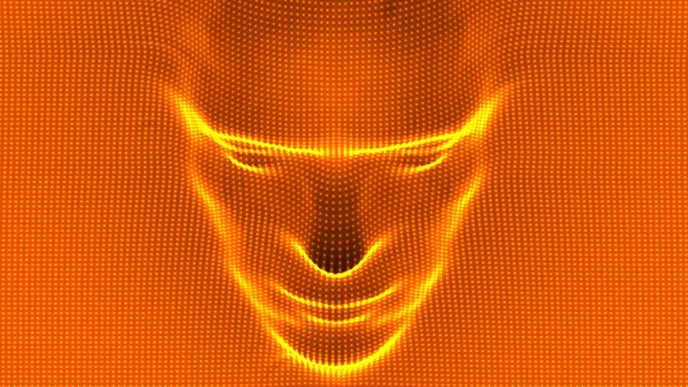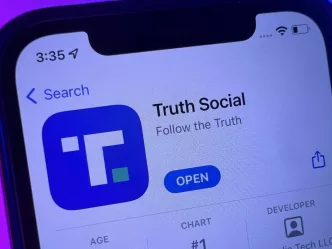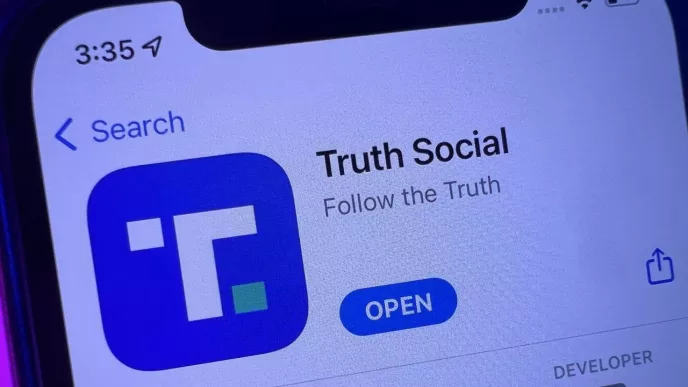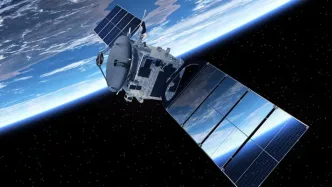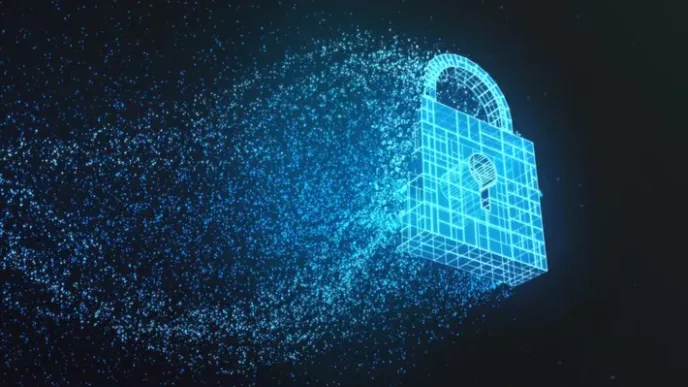“The beginning of knowledge is the discovery of something we do not understand.” Frank Herbert, Dune
My journey with the Singularity Executive Program was a catalytic experience that fundamentally altered my view on how exponential technologies will reshape the future of education. As an associate professor committed to transdisciplinary innovation, I embarked on my journey with The Singularity Executive Program to explore the potential of emergent technologies and their impact on societal, economic, and educational spaces.
As an educator who works pro-bono with Computers for Schools Burundi, engages in English language teacher training in Yemen, and teacher training in India and Morocco, I am invested in SDG 4.c “By 2030, substantially increase the supply of qualified teachers, including through international cooperation for teacher training in developing countries, especially least developed countries and small island developing States.” Facing a system struggling to reinvent itself beyond industrial-era paradigms, my objective is to pioneer curricula that are not only multidisciplinary but transcend traditional academic boundaries, preparing teacher candidates who will be teaching until 2060 and beyond in a volatility, uncertainty, complexity, and ambiguity (VUCA) educational landscape.
Workshops, Sessions & Exponential Thinking
“The illiterate of the 21st century will not be those who cannot read and write, but those who cannot learn, unlearn, and relearn.” Alvin Toffler, Future Shock (1970)
The Singularity University Executive Program, held at the Ameswell Hotel, Mountainview, CA covered a wide range of topics related to exponential technologies and their implications. Sessions included Ethics and Technology, Exponential Innovation, Exponential Leadership, Exponential Mindset, Exponential Technology, Exponential Technology Mapping, Future Planning, Future Scenario Planning, Leadership Development, Rapid Prototyping, Strategy + Leadership, and Technology for Impact. The program consisted of 45 hours of classroom learning led by Singularity Experts, featuring hands-on workshops, presentations, and debates that covered ethical considerations and the implications of exponential technologies. The carefully curated workshops and sessions, tailored for C-level industry and government leaders from diverse fields such as the automotive industry, hospital administration, real estate, government, and military, aimed to equip us with practical innovation strategies that would enable us to harness the power of disruptive technologies for the betterment of organizations, their workforce, and the world at large.
Fertile Minds: Abundant Futures
Tread softly ! all the earth is holy ground. A Pageant- Christina Rossetti
In the context of this program, I saw my attendance as an opportunity to challenge and expand my perspectives, particularly on how educational methodologies and delivery models by educational institutions must evolve to meet the demands of a future shaped by artificial intelligence, nanotechnology, trustless, decentralized ledger networks, the need for cybersecurity while keeping in mind the concept of embodied cognition and experiential educational experiences.
Throughout the program, my international cohort from Saudi Arabia, UAE, Brazil, Germany, Oman, Mexico, England, Argentinia, the U.S. and Switzerland to name but a few, explored, discussed, and debated topics such as biotechnology, advanced manufacturing, fintech, distributed ledger technology, quantum tech, space technology, and the future of food and energy technology. Each of these domains promises to change how we live, work, and learn. I was particularly fascinated by the potential of biotechnology in “Abundant Futures: Feeding the World with Exponential Technology,” where I learned about the revolutionary advancements in genetic engineering, precision agriculture, and cellular agriculture that could help address global food security challenges.
Reviewing some of my favorite sessions:
Day 1: “Why – Reframing Your Perspective”
“The Sun’s bright palace, on high columns rais’d, With burnish’d gold and flaming jewels blaz’d; “ Ovid, Metamorphoses, book 2
The session titled “Past, Present, Future of AI,” facilitated by Simone Planté, the founder of HumAIn Capital challenged us to reconsider our perceptions of AI’s role across various sectors. We discussed the historical evolution of AI, current applications, and speculative future developments. For me, day one’s dialogue was underpinned by the recognition of AI’s dual potential to both disrupt and enhance educational organizations and their student completers’ employability.
Day 2 “What – Scanning the Horizon”
“To guide the sun’s bright chariot for a day.” Ovid, Metamorphoses, book 2
Anne Connelly is highly regarded for her work at the Questrom School of Business at Boston University, where she focuses on blockchain-based business models for social impact. Her session, titled “Blockchain + The Future of Decentralized Societies,” examined how blockchain technology could fundamentally alter the credentialing and sharing of educational achievements. While the concept of Decentralized Societies offers an intriguing perspective on how blockchain technology could revolutionize education and potentially reduce socioeconomic disparities, I feel a sense of unease when considering the implications of such a significant shift. The French Revolution, which was also a decentralized upheaval, serves as a stark reminder of the potential risks associated with rapid and uncontrolled change. I worry that a sudden shift towards a decentralized educational system could lead to confusion, instability, and unintended consequences that may exacerbate rather than alleviate existing inequalities.
Tiffany Vora and “Programming the Future of Life” took us on a journey of the idea of programming the future of life and the potential for biotechnology to disrupt and transform our existence is in my opinion, closely tied to the concept of transhumanism, which seeks to enhance human physical and cognitive abilities through technological means. The promise of overcoming our biological limitations and achieving a form of immortality while alluring does raise questions. Are we fully considering the ethical implications and potential consequences, such as the loss of our fundamental human identity and the widening gap between those who have access to these enhancements and those who do not? I fear that in our quest to transcend our mortality, we may sacrifice the very qualities that make us human, replacing the beauty of our imperfections, and the meaning derived from our finite existence with a sterile, homogenized vision of the future. Joseph Weizenbaum captures it best with “The question is not whether such a thing can be done or whether it is a good thing to do, but whether it is the proper place of human beings to delegate to machines any function that involves wisdom.” (Weizenbaum 1976, p. 227)
Day 3: “What – Scanning the Horizon”
Th’ astonisht youth, where-e’er his eyes cou’d turn, Beheld the universe around him burn: Ovid, Metamorphoses, book 2
Gregg Maryniak‘s presentation on “Exponential Spaceflight” during the third day of the event provided valuable insights into the advancements in space technology and how these technologies could be integrated into educational programs. As a huge Sci-Fi fan, I find the idea of space colonies, solar power satellites, and asteroid mining operations incredibly exciting, even if they seem too big or impossible for now. The incremental approach of starting with space tourism and gradually building up to larger projects makes sense, as it might allow for a more sustainable and achievable path toward space settlement. As the space program matures, the shift from Earth-based construction to using locally available resources in space may one day be a crucial step in creating large, permanent facilities of considerable economic value. However, the high cost of launching material from Earth to orbit remains a significant barrier. Maryniak envisions the use of non-terrestrial materials for space construction projects. Given the importance of these developments, I believe that such topics should be covered in schools now to foster a broader understanding of environmental and global dynamics among the next generation of educators and students. Dreaming big is key here.
Yunwen Tu spoke about “The Future of Food,” which was both eye-opening and admittedly a bit yucky (to me). My exponential mindset-in-training needs more time to mature to embrace edible insect products for people and animals.
The evening closed with a dinner the Computer History Museum a fabulous place where those of a certain age (such as me) come face-to-face with items of our past! I particularly loved our newest supplement to existing forms of digital communication: Little Emoji, Big Story.
Day 4: “How – Forecasting & Planning”
“If Heav’n, and Earth, and sea, together burn, All must again into their chaos turn. Apply some speedy cure, prevent our fate, And succour Nature, ere it be too late.” Ovid, Metamorphoses, book 2
On day four we traveled to the hallowed grounds of Stanford University, where I kept searching to see if my favorite composer Christopher Tin, was there. His choral piece Baba Yetu from the video game Civilization IV, became the first piece of video game music to win the 2011 Grammy Award. Watch the clip, sung in Swahili, and you will hear and see one possible future of our world where the light shines bright, embracing our shared humanity.
Aaike van Vugt, CEO of VSParticle, discussed “Unlocking a Century of Material Innovation in the Next Decade will be Essential to Stop Climate Change.” Van Vugt emphasized the importance of advanced manufacturing in the development of new materials and highlighted VSParticle’s innovative approach to engineering materials. Launched in 2014, VSParticle aims to significantly reduce the time required to create new materials by utilizing nanoparticle printing tools. These tools break down materials into nanoparticles, which can then be reassembled to create novel materials with unique properties. Van Vugt likened the process to an office printer that can take four basic colors and create over 16,000 new ones by mixing them in various combinations. This groundbreaking technology has the potential to change the field of material science and open new possibilities for a wide range of applications. However, despite these advancements, there remains a significant gap in the education system, as there are currently few nanoscience programs embedded in US middle and high schools’ STEM education.
Aaron Frank, a researcher and writer, took us to the “The Metaverse, Web 3, and the Virtual Economies of Life Online.” As an educator, I have already begun experimenting with metaverses for teacher education and language learning. The internet of the future will be immersive, as Aaron Frank predicts. According to Aaron, metaverses directionally point to a variety of changes coming to the internet, about an internet built in 3D immersive spaces where users inhabit as avatars online virtual environments. In my work, I have found that metaverses such as Agora World offer unique opportunities for teacher education. Similarly, language learners can immerse themselves in virtual environments that simulate real-world situations, providing skill-based practice opportunities to build confidence in their language skills. As metaverses continue to evolve, I anticipate that they will play an increasingly important role in education, transforming the way we teach and learn.
Alix Rübsaam’s “AI Workshop: Building Inclusive, Automated Decision-Making Systems” explored algorithmic bias’ and exclusion, leading us in experiential exercises to understand how automated decision-making algorithms can lead to unintended consequences while investigating the effects of digitalized information on decision-making processes. For many of us, this meant challenging computational paradigms while driving home the importance of informed decisions in the context of 21st-century challenges.
Day 5: “How- Forecasting and Planning”
“At once from life and from the chariot driv’n, Th’ ambitious boy fell thunder-struck from Heav’n.” Ovid, Metamorphoses, book 2
As Chair for the Future of Work at Singularity University, Gary Bolles spearheads initiatives to equip a worldwide community with the frameworks, capabilities, and connections to create a future of abundance in work and lifelong learning. He emphasized the importance of developing shared understanding, collaborative strategies, and universal access to opportunity as collectively humanity navigates the shift to the digital work economy.
Conclusion: Exultation and Misgivings
“That is at bottom the only courage that is demanded of us: to have courage for the most strange, the most singular and the most inexplicable that we may encounter.” (Rilke et al., 1954, p. 91)
As I reflect on my experiences in the Singularity Executive Program, I am struck by the profound impact it had on my understanding of the skills and attributes that will be necessary in today’s and tomorrow’s VUCA landscapes. By introducing each day of my Singularity journey with a quote from Ovid’s Metamorphoses, I am expressing both sides of my journey: Exultation and Misgivings.
Ovid’s Metamorphoses serves as a poignant reminder of the constant state of change and transformation that characterizes our world. Just as the characters in Ovid’s epic poem undergo profound transformations, I too found myself undergoing a metamorphosis of sorts during the program. While I was exhilarated by the potential of exponential technologies and the opportunities they present, I also grappled with the misgivings that come with rapid change and the uncertainty that change brings.
The concept of “Innovation Culture with Massive Transformative Purpose,” resonated deeply with my personal and professional goals. I recognized the importance of cultivating a mindset of exponential thinking and embracing change as a catalyst for growth. This realization reinforced my commitment to pioneering curricula that transcend traditional academic boundaries and prepare educators for the challenges and opportunities of the future. I gained a deeper appreciation for the importance of adaptability, critical thinking, and innovative problem-solving while navigating rapidly evolving technological landscapes. As an educator, I often refer to the wisdom of thinkers like Emerson and Rilke, who emphasize the importance of embracing change and the growth it brings. Rilke, too, knew it when he considered how great upheavals bring us closer to ourselves. This understanding has become instrumental in shaping my approach to educating future teachers, ensuring that they are equipped not only with subject knowledge but also with the mindsets and competencies necessary to thrive in the workplaces of the future. My big transformative personal goal is to develop curricula for today’s teacher education that align with the skill demands of 2060.
Moreover, the program reinforced my belief in the power of transdisciplinary collaboration and the need to bridge gaps between institutions of education and the corporate world. By engaging with my diverse cohort of leaders and innovators, I gained new friends, talked to fellow Sci-Fi enthusiasts, met every morning with my ‘bestie swimming buddy’, leaned on the shoulder, and held hands with my ‘bestie’ and a Singularity staff member when faced with a challenging medical diagnosis during my stay. It was a privilege to be privy to the insights, projections, and needs of CEOs, heads of industries, and governmental representatives regarding their aspirations for their people. I was touched to hear some of the conversations and deep reflections of my fellow travelers on their commitments to actively creating a better world.
In conclusion, my journey through the Singularity Executive Program was a transformative experience that expanded my horizons and challenged me to think exponentially about the future of education and beyond. By exploring the potential of emergent technologies, cultivating a mindset of abundance, and embracing the power of transdisciplinary collaboration, I emerged better equipped to contribute positively and lastingly to our world. As I continue to navigate the uncharted territories of the future, I remain committed to leveraging the insights and experiences gained from this program to shape a more equitable, sustainable, and abundant future for all, while also remaining mindful of the challenges and misgivings that come with profound change.
I end this column with a Singularity Challenge Question given to us by one of our speakers on day five: Paola Santana and at our Fireside Chat: Mindset & Moonshot with Naveen Jain.
Moonshot
Innovative and hard ideas
Unclear implementation
Unknown chances of success
Bigger than you
What is YOUR moonshot?
References:
Herbert, F. (1965). Dune. Analog, magazine, published in two parts: “Dune World” (December 1963 – February 1964) and “Prophet of Dune” (January – May 1965). Later published as a single book by Chilton Books in 1965.
Ovid. (1 A.C.E.). Metamorphoses (S. Garth, J. Dryden, et al., Trans.). Retrieved from https://classics.mit.edu/Ovid/metam.2.second.html
Rilke, R. M., Kappus, F. X., & Herter Norton, M. D. (Trans.). (1954). Letters to a young poet (Revised ed.). Norton.
Rossetti, C. (1881). A pageant and other poems. Macmillan.
Toffler, A. (1970). Future shock. Random House.
This article has been produced by Dr. Jasmin (Bey) Cowin, Associate Professor and U.S. Department of State English Language Specialist (2024) As a Columnist for Stankevicius she writes on Nicomachean Ethics – Insights at the Intersection of AI and Education.
